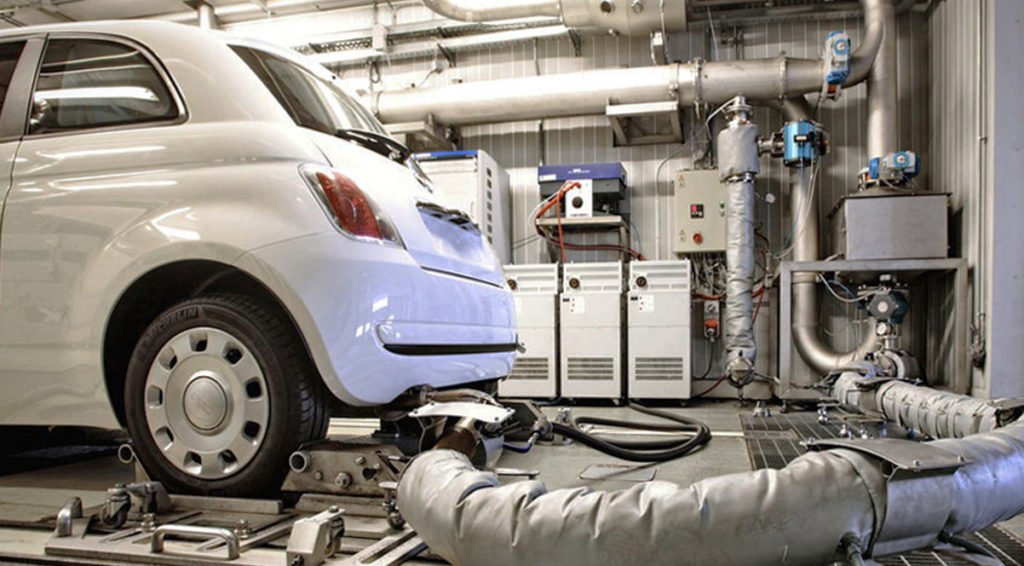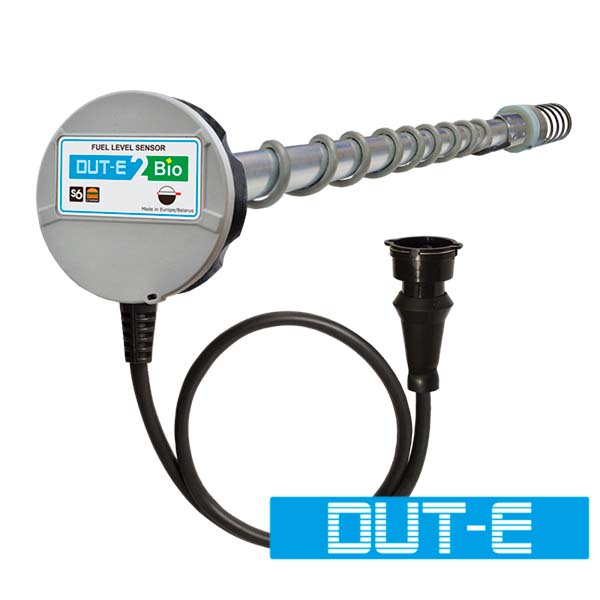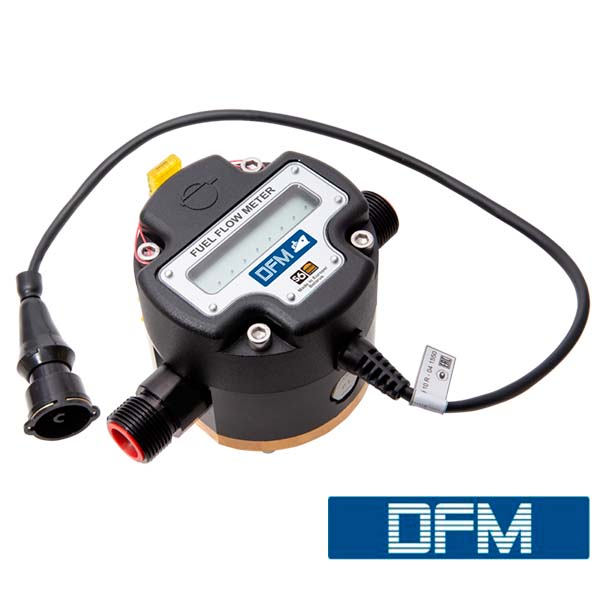Why actual fuel consumption in most of the cases differs from what automaker or central computer claims?
What is it – inevitable error or intentional skullduggery?
In reality, there is no global conspiracy on fuel use among car-makers. Everything is more or less simple – you cannot please everyone. Some people live in suburban Berlin, and usually stuck in traffic, others use their car only on highway. Someone lives in the mountains, while someone else is a taxi driver with all possible consequences. Someone travels alone, someone – only with passengers… We can continue forever.
There can be millions of such cases, and of course, if you take same vehicle, it will show different consumption in different hands. And not only hands – from wind to current mood of the driver. To cover all of these cases, currently short fuel consumption note would be presented by several heavy books.
To avoid this car-makers use standardized methods to measure fuel consumption. This methods are legally approved, but can differ from country to country, but main point – this tests can be retaken to achieve repeatability.

Most of methods permit use of real roads for fuel consumption testing, but car makers prefer to use testing labs. It is not only easier to create conditions that can be recreated, but also a nice way to get better (in terms of marketing) results on consumption.
And for such tests ideal conditions are essential. That’s why fuel consumption is no longer determined on the tracks of a test site (but such option exists and is legally acceptable), but in laboratories with constant inner conditions. The vehicle is placed on rollers that simulate different modes of driving – city or highway. As a result, “average” consumption is determined, this number we usually use when talking about consumption of some vehicle. Results of tests in different modes are then stored in the vehicles memory, and we see it on central computer screen or get from the CANbus FMS data.
One does not have to be an engineer in automotive industry to understand that such measurements are far from ideal and in most of the cases will be better than what really been burned. But how different? Well, it depends on particular methodology.
For example in Europe NEDC (New European Driving Cycle) is used. It was introduced in 70th, was updated many times – but more and more experts criticize it for being too far from real life conditions. First of all – car makers can use vehicle after special assembly – so all parts are checked additionally, low viscosity oils and smallest possible wheels are used. But what is even more important – NEDC permits tests with switched off headlights, air-conditioning, back windscreen heating and all other energy consumers. Rollers are unable to simulate turns, so power steering is idle as well. Nice conditions to “adjust” the results!
Another issue of NEDC – driving itself. First type – UDC — Urban Driving Cycle. Vehicle starts the trip from 20-30 C temperature conditions. Fuel consumption and CO2 emissions starts right after the engine is started, but stands still for 11 seconds. And then it gets on a typical European streets – without dead traffic jams, but traffic is very dense. Such conditions are created by a number of cyclic accelerations and braking, short stops and several segments with constant speed – about 50 km per hour, while accelerations are very slow – 25 seconds to 50 km/h. The whole UDC test takes 780 seconds, 4 km and average speed 18.7 km/h.
Second type – EUDC, Extra-Urban Driving Cycle. It is only 400 seconds, but distance is higher – 7 km. That’s because average speed is higher – 62.6 km/h. Maximum speed within test – 120 km/h, but it is reached only once, and as you can see on the graph – full stop follows.
That’s it – the NEDC test is over, with total route of 11 km, average speed 33.6 km/h, total time – bit less than 20 minutes. The trick is that most modern hybrid car can cope with this rote, and we see “ultra low fuel consumption” of 1.7 L per hundred on very powerful cars like Porsche or Audi. Standard cars are benefiting as well – if they have more gears or high engine power on low engine speeds. And there are more and more of cars like that in Europe, isn’t it?
Similar situations with fuel consumption measuring exists in truck industry, working machines and all other consumers of energy – in order to get repetitive results, manufacturers are forced to use less accurate techniques, and sometimes to their own benefit. This makes most of the data you get from the vehicle’s system not as accurate as it could be. And current information cannot be used to accurately account for fuel use and what even more important – used it to achieve real eco-driving habits within huge organization with hundreds of different vehicles and constantly revamped fleet.
What can be done? Well, there are different ways to monitor fuel consumption directly – first one is through observation of refuelings. In this case automation of tank refueling monitoring is necessary in order to achieve high results.
Second way – monitoring of what actually has been burned by the engine with the use of special flow metering equipment. Such approaches can make a difference between reducing fuel consumption by 10-15%, which is based on actual, real time data and far less effective fuel reduction techniques based on standard fuel consumption data.





